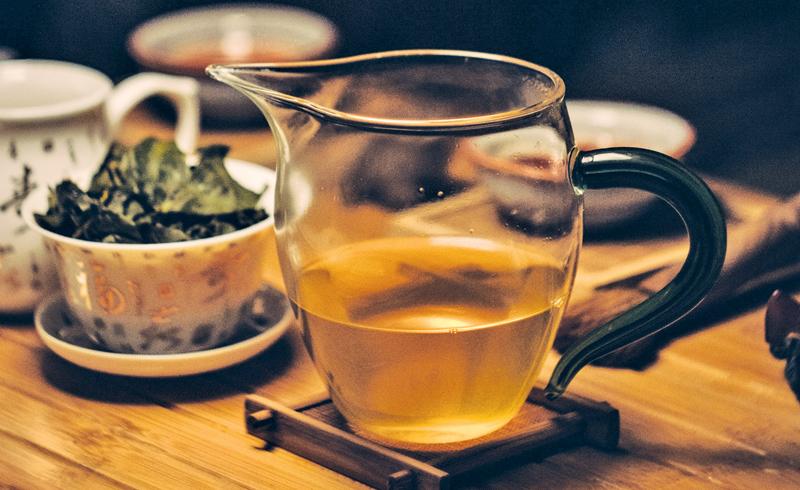
Tea is known to be the second most consumed drink in the world, only behind the basic human necessity, water.
As can be expected from such an ubiquitous beverage, it’s been entrenched as a vital part of people’s lives all around the world. Many, vastly different cultures, each have their own unique traditions and varieties for tea, developed over the course of centuries.
Each country’s tea culture can vary wildly from one another, from how the tea is prepared, to how it’s consumed, and how people interact with it; despite dealing with the exact same plant boiled with hot water.
While there are many different kinds of tea, they all boil down to the tea plant (camellia sinensis) being boiled in hot water.
Beyond that, the different kinds of tea only differ in either how the tea leaf is processed before, or how the tea is prepared after that basic universal step. In the case of teas that don’t deal with the tea plant, such as herbal tea, they are considered to be infusions or tisanes, and as such, not true teas.
Eaten raw
 The consumption of the tea plant as a beverage dates back thousands of years, but it is theorized to have been eaten raw for a millennia earlier. So as old as it is, the human discovery of this plant is impossible to pin down historically, but it is agreed that all things tea originated from China.
The consumption of the tea plant as a beverage dates back thousands of years, but it is theorized to have been eaten raw for a millennia earlier. So as old as it is, the human discovery of this plant is impossible to pin down historically, but it is agreed that all things tea originated from China.
The origins of consuming tea as a beverage in China is old enough to be mythologized. The most well known legend is that of the deified mythological ancient Chinese ruler, Shennong, who was said to have accidentally discovered tea when a stray tea leaf fell into his boiling water.
The oldest known records of tea drinking in China go as far back as 2 BC, and the practice was possibly far older than that. Tea was popularized in China for its medicinal benefits, then became a symbol of status for Chinese elites but was also widespread amongst the common people for its flavour.
China went on to develop its own tea ceremony, the Gongfu tea ceremony, which is characterized by its short brew times, small cups and higher than average tea to water ratio, which emphasizes the flavour of the tea. Through centuries of experimentation, and preparation, the Chinese developed multiple types of tea, including white, green, oolong and black tea. Milk tea was not very popular in China, as a majority of Chinese people were known to be lactose intolerant, however recent trends have shown that is changing.
Cultural export
Tea drinking was one of the many cultural exports from China to Japan. Tea in Japan has always been deeply linked with religion, specifically Buddhism and Shintoism.
It was two Buddhist monks that brought tea to Japan in the 8th century, and tea drinking became a part of their religious practice though it quickly grew beyond that. Japan has its own tea ceremony, completely separate from the Chinese Gongfu, called Chadō, every aspect of which is so precise and exacting that some dedicate their lives to learning the art. The primary type of tea drunk in Japan is a green tea called sencha, but is most well known for matcha, a powdered green tea with a unique flavour.
Britain, as well as its colonies, are famous for their love of tea. But before the Britain could establish its colonies, The Portuguese and Dutch had beat them to the punch, and had already established trade routes and systems that included tea, but when the British East India Company took over and made their improvements, they were able to flood the transcontinental trade with tea, particularly Oolong tea.
British identity
After India became the primary source of tea for Britain, the stronger type of tea gave rise to the use of milk and sugar with tea. Tea quickly became a part of British identity, starting many trends that are common practice to this day, such as a customary tea break during work shifts and a separate tea time, considered to be a meal all on its own, with many iconic British foods becoming a part of it. Tea became so valued by the British, that it was linked to their soldiers morale during WW2, so much so that in 1943, the British government bought the entirety of the global tea crop available that year for distribution to the troops.

